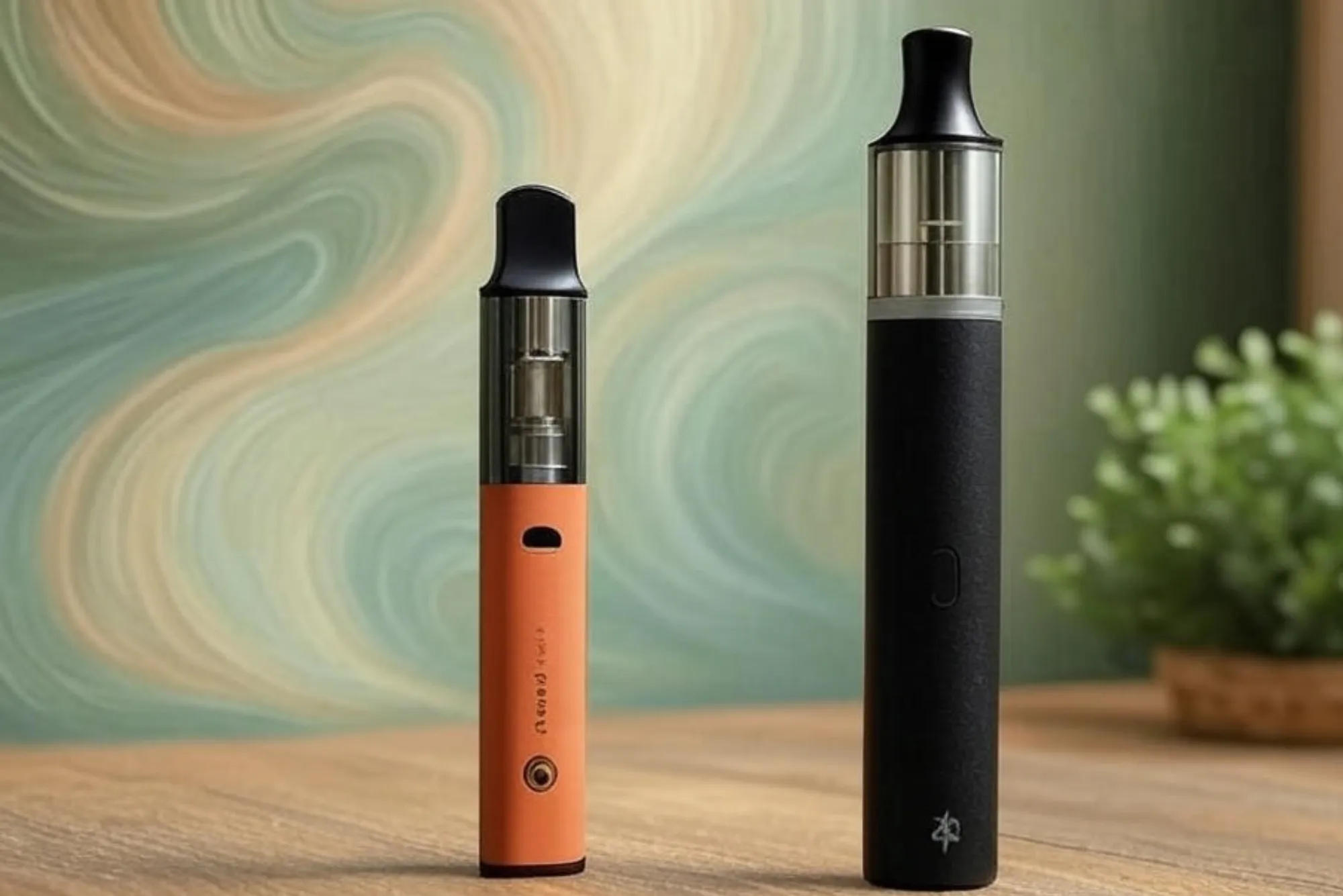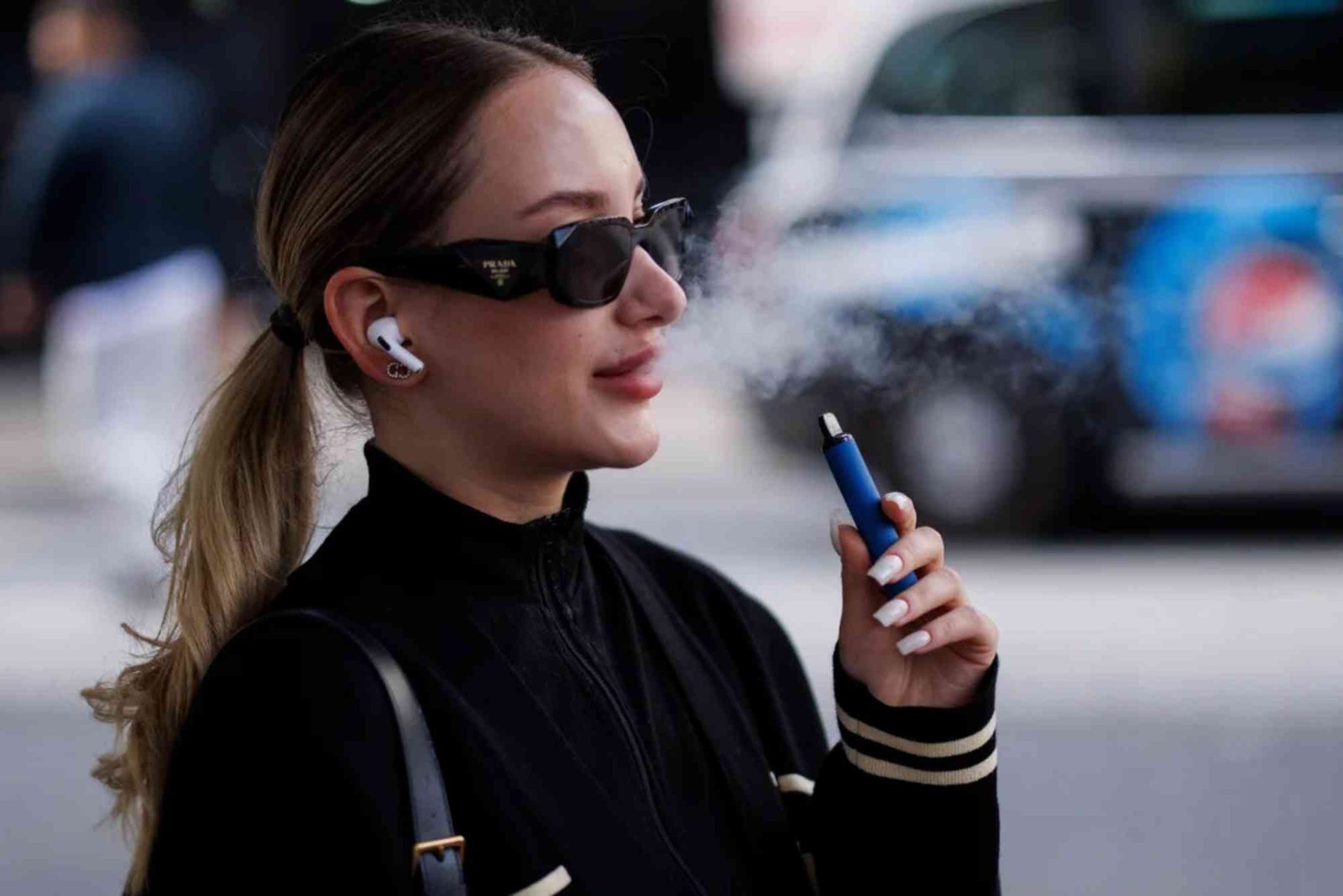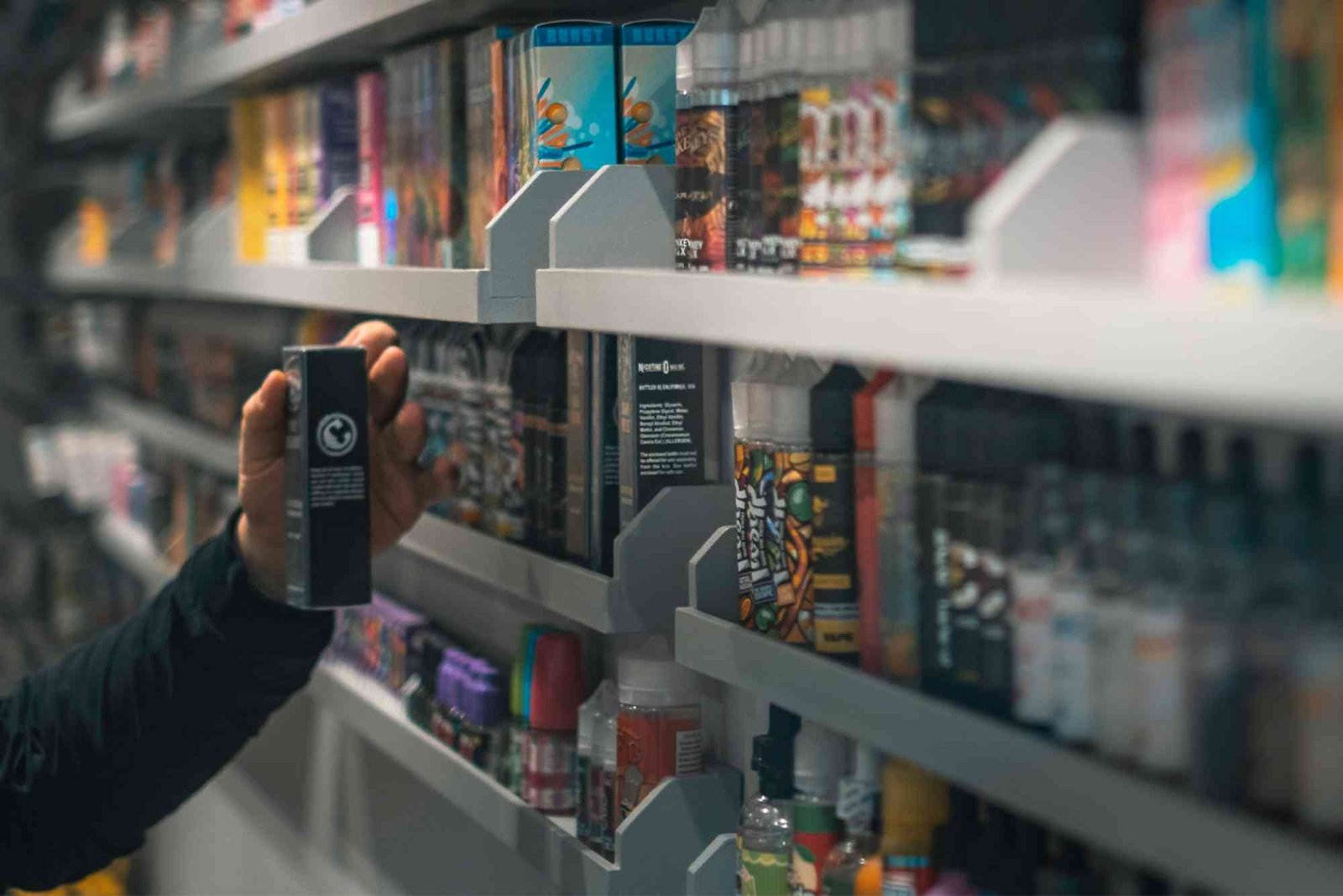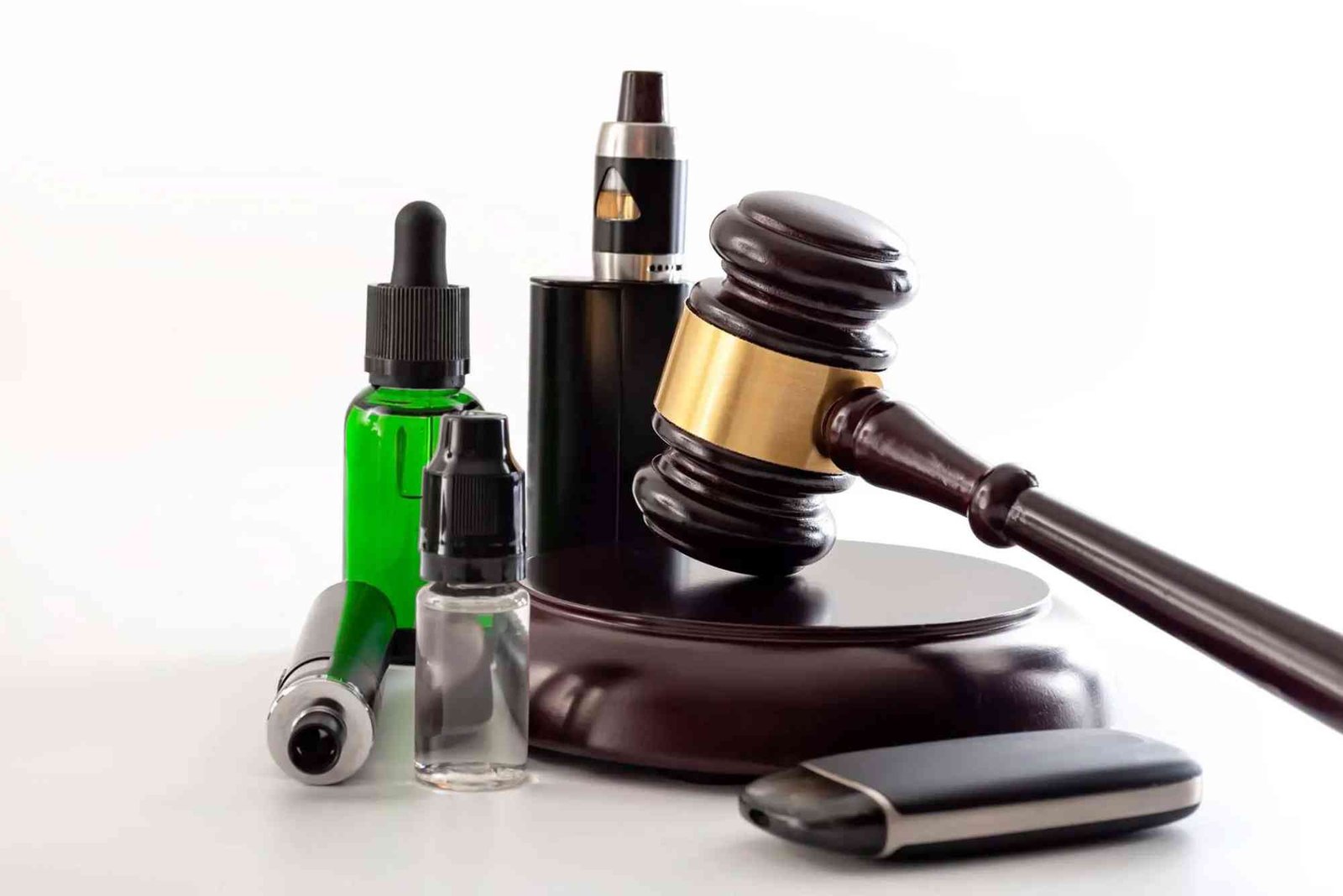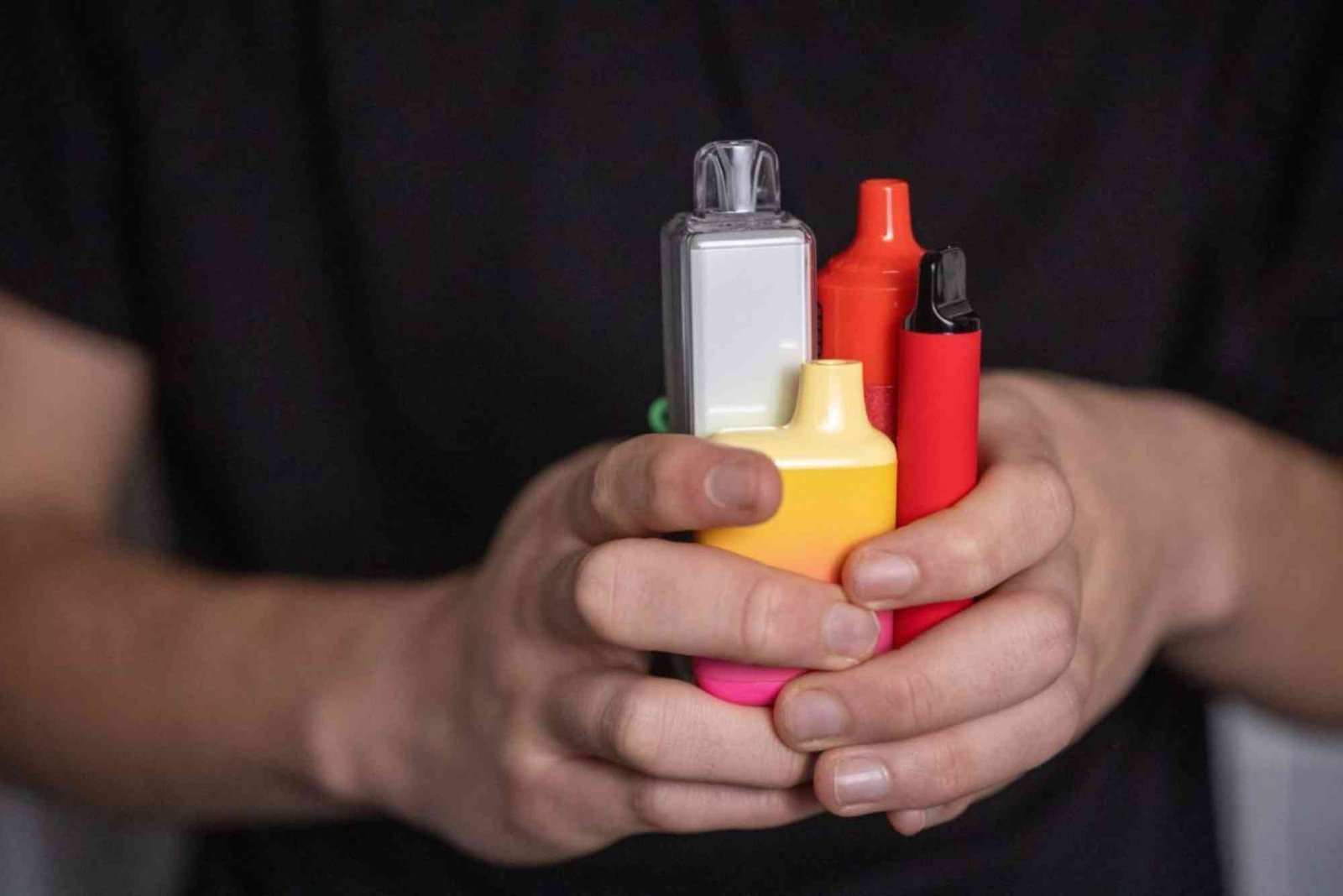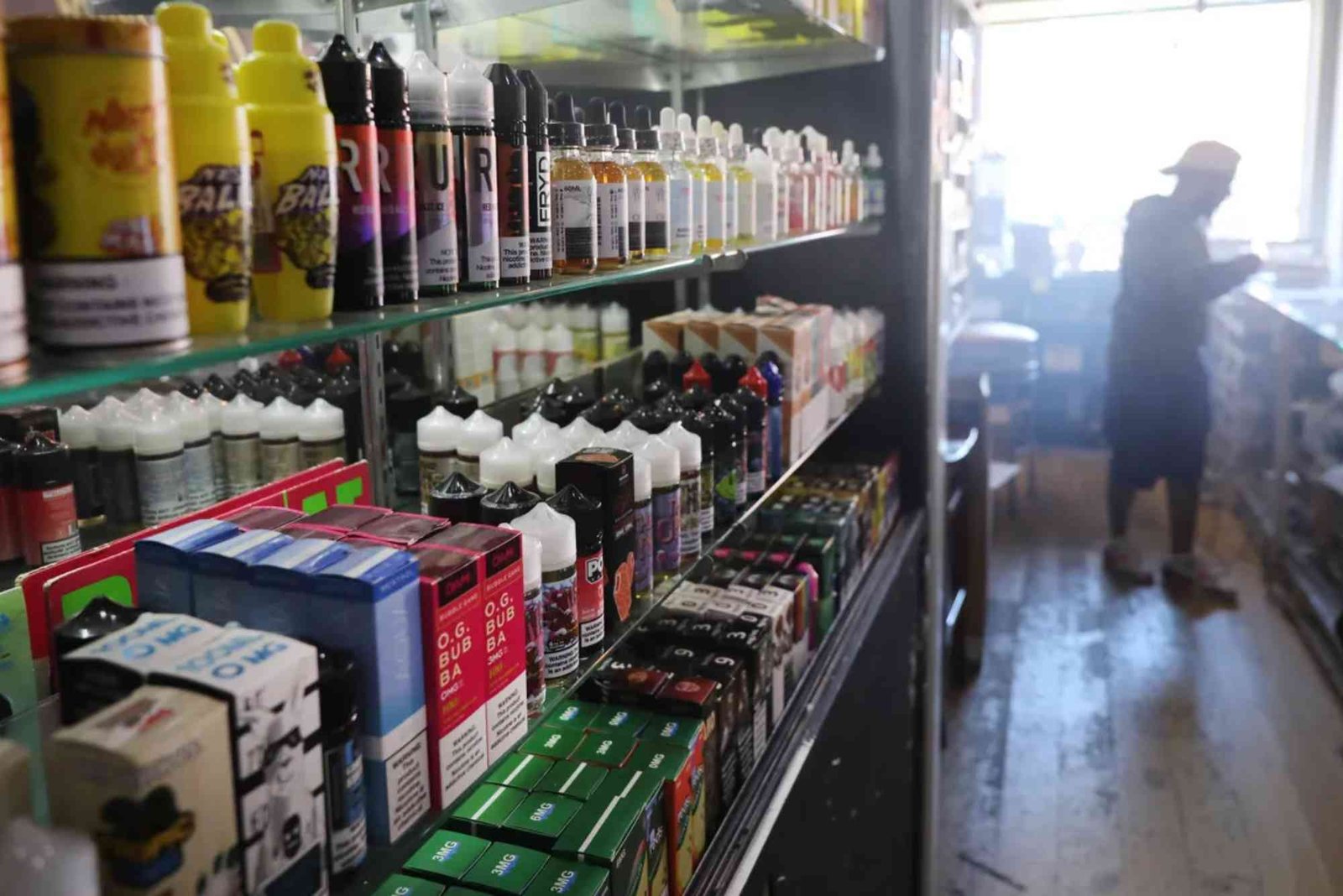Introduction
California has always been at the forefront of public health regulation, and vaping is no exception. For vapers, the term California vape shop laws sparks curiosity, confusion, and sometimes concern. With a state that has one of the toughest tobacco and nicotine control frameworks in the U.S., many wonder how these laws impact daily vaping habits and access to products. If you’re a consumer or a business owner, understanding the rules is no longer optional—it’s essential.
This article explores the key aspects of California’s vape shop laws, how they affect vapers, and whether there’s real cause for worry. By the end, you’ll have a clear picture of the restrictions, responsibilities, and rights surrounding vaping in California.
The Legal Landscape of Vaping in California
California treats vaping with the same level of scrutiny as traditional tobacco products. The state redefined its tobacco laws in recent years to include e-cigarettes, vape pens, and other electronic nicotine delivery systems under the same category. This change was more than just legal semantics; it signaled a shift in regulation.
By aligning vaping with tobacco, the state extended existing restrictions to cover vape products. That means smoke-free laws, taxation, advertising rules, and age restrictions all apply to vaping in the same way they do to cigarettes. For the everyday vaper, this can translate into higher costs, fewer flavors available on shelves, and more limits on where vaping is allowed.
Age Restrictions and ID Requirements
One of the clearest elements of California vape shop laws is the age limit. The legal age to purchase and use vaping products in the state is 21. Retailers must verify identification at the point of sale, and failing to do so can lead to significant fines or even the loss of a business license.
For vapers, this means there is no legal gray area. If you are under 21, access to vape shops and online orders in California is off-limits. Shop owners also face strict monitoring from state authorities, making compliance a top priority.
Flavor Bans and Product Limitations
Perhaps the most controversial part of California’s approach to vaping is the ban on flavored tobacco and vape products. The state moved forward with the restriction after public health campaigns highlighted youth vaping concerns. Flavors such as fruit, candy, mint, and dessert profiles are prohibited for retail sale in most cases.
For adult vapers, this has been a frustrating development. Many who switched from smoking to vaping relied on flavors to distance themselves from the taste of traditional cigarettes. The law, however, prioritizes preventing underage vaping over consumer preference. As a result, vape shops have fewer options to offer, and customers may find their choices limited to tobacco-flavored or unflavored products.
Taxes and Pricing
Another major component of California vape shop laws is taxation. The state imposes excise taxes on vaping products, aligning them closely with tobacco taxes. This means the cost of vaping in California is higher than in many other states.
For vapers, the financial impact is tangible. Each bottle of e-liquid or pack of cartridges carries a tax burden that inflates retail prices. Over time, this can significantly increase the annual cost of vaping compared to states with lighter tax policies. Retailers also pass compliance costs down to consumers, making the price gap even wider.
Retailer Compliance and Licensing
California vape shops must meet extensive licensing requirements to remain in business. Owners need to hold a state tobacco retail license, maintain records, and comply with inspection procedures. Any violation—whether it’s selling to minors, carrying banned flavors, or failing to meet tax obligations—can lead to fines or closure.
From a consumer’s perspective, this ensures that the vape products available in California are regulated and sold by legitimate businesses. It also means that small vape shops face greater challenges in staying afloat, which may reduce local availability in some areas.
Restrictions on Where You Can Vape
Vapers in California cannot assume that using an e-cigarette is permitted wherever smoking is banned. In fact, the state’s smoke-free laws explicitly apply to vaping. That includes workplaces, restaurants, bars, public buildings, and even many outdoor spaces such as parks.
The intent is to protect non-users from secondhand aerosol, which the state classifies as potentially harmful. For vapers, this often translates into navigating a patchwork of local rules. What might be acceptable in one county could be prohibited in another, making awareness of local ordinances just as important as understanding state laws.
Marketing and Advertising Restrictions
California also keeps a close watch on how vape products are marketed. Shops and manufacturers cannot advertise in ways that appeal to minors, such as using cartoon imagery, youth-oriented themes, or misleading claims about health benefits. Online advertising targeting California residents is also under strict scrutiny.
This has reshaped how vape shops operate. Instead of relying on flashy promotions, many focus on adult-oriented branding and educational content. For vapers, this means encountering fewer advertisements but also having to seek out product information from more formal sources.
Are Vapers Being Targeted?
The big question remains: should vapers worry about California vape shop laws? The short answer is yes and no. The state’s laws are not designed to criminalize adult users but rather to regulate the market in a way that emphasizes public health. However, the cumulative effect of taxes, flavor bans, and usage restrictions can make vaping feel burdensome compared to states with looser regulations.
For adult vapers who switched from smoking, the biggest frustrations often lie in limited product availability and higher prices. Still, the legal framework does provide some benefits. Regulated shops are more likely to sell authentic, tested products, which reduces the risk of counterfeit or unsafe e-liquids.
Looking Ahead: The Future of Vaping in California
California’s approach to vaping is unlikely to become more relaxed in the near future. If anything, the trend suggests tighter regulations may be added over time. Public health organizations continue to push for further restrictions, while vape advocacy groups argue for harm reduction.
For vapers, staying informed is the best defense. Knowing the laws not only ensures compliance but also allows you to make informed choices about where to shop and what products to use. As debates continue, consumers and business owners alike should expect more changes ahead.
Frequently Asked Questions
Can you buy flavored vapes in California?
No, most flavored vape products are banned for retail sale in California, with limited exceptions for tobacco or unflavored options.
Do California vape laws apply to online orders?
Yes, online sales to California residents must comply with state law, including age verification and restrictions on flavors.
What is the legal vaping age in California?
The legal age to purchase and use vape products in California is 21.
Can you vape in public places in California?
Generally, no. California applies its smoke-free laws to vaping, restricting use in workplaces, restaurants, bars, and many public spaces.
Are vape shops closing in California?
Some small shops have struggled due to taxes, licensing costs, and flavor bans, leading to closures. However, many continue to operate under strict compliance.
California vape shop laws create both challenges and safeguards for vapers. On one hand, the state has imposed strict measures like flavor bans, high taxes, and limited use in public areas. On the other, these laws aim to regulate products, reduce youth access, and ensure consumer safety.
So, should vapers worry? Concern is reasonable, especially if you value flavor variety or want affordable options. But the laws don’t criminalize adult vaping; they regulate it. The key is awareness—know your rights, understand the restrictions, and choose compliant shops that prioritize quality.


